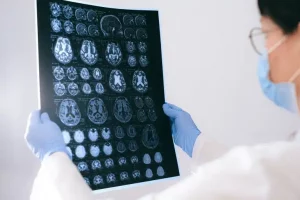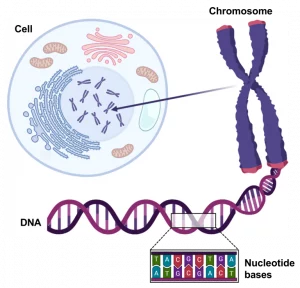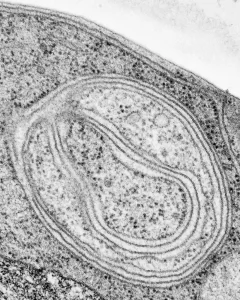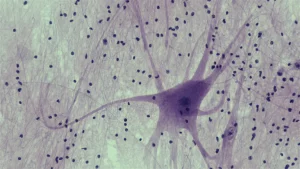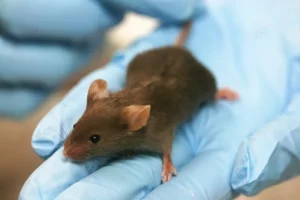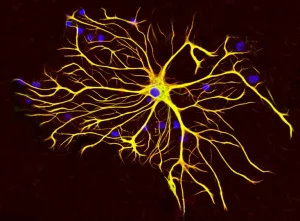
Snapshot: What are Astrocytes?
The human brain contains about 170 billion cells. Half of these are neurons and the other half are lesser known cells called glia. Glial cells include astrocytes, oligodendrocytes and microglia. Astrocytes tile the entire brain and interact closely with neurons. Astrocytes are very important for neuronal function, in many ways Read More…


